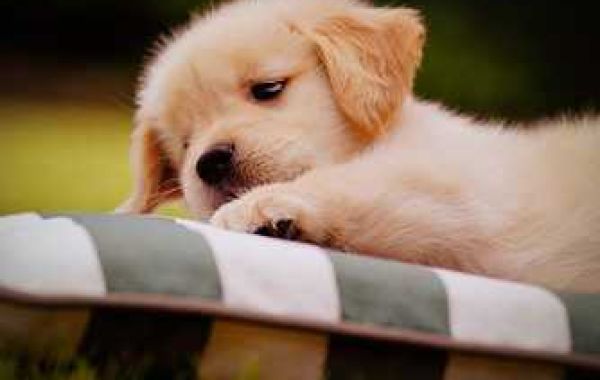Yes, it can! A useful tool for creating highly accurate aerospace parts is CNC turning. Because of its unique capabilities, it's one of the manufacturing processes that's used the most in the industry:
- Lightweight and Strong Materials: The exceptional strength-to-weight ratio of high-strength steels, titanium, and aluminum make them excellent candidates for CNC turning. These materials are often utilized by the aerospace industry. As a result, parts that are strong and lightweight but still optimize performance and fuel economy can be made.
- Complex Geometry Machining: Parts used in aircraft frequently have complex internal and external shapes. The complexity of these parts is effectively handled by CNC turning, which makes it possible to create precise and smooth-surfaced landing gear parts, shafts, and gears.
- Exceptional Accuracy and Repeatability: CNC machines can precisely control the movements of the cutting tool down to the nanometer because they work with computerized instructions. By doing this, human error is eliminated and the parts are guaranteed to meet the exact tolerances required for aerospace applications. Additionally, it ensures reliable outcomes.
- Scalability and Automation: The efficient management of production runs of any size is possible with CNC turning. Programs save setup time and labor costs because they are simple to reuse and modify. Additionally, by reducing the need for human intervention, the automated process improves accuracy and consistency even more.
- High-Quality Surface Finishes: CNC turning produces a range of surface finishes, from rough to extremely polished. This meets particular requirements, guaranteeing peak performance and reducing wear or friction in important parts.
CNC turning is a very successful and adaptable technology for creating incredibly precise aerospace parts. As a helpful tool for guaranteeing the safety, dependability, and performance of critical aircraft and spacecraft parts, it can handle complex geometries, tight tolerances, and a variety of materials.







